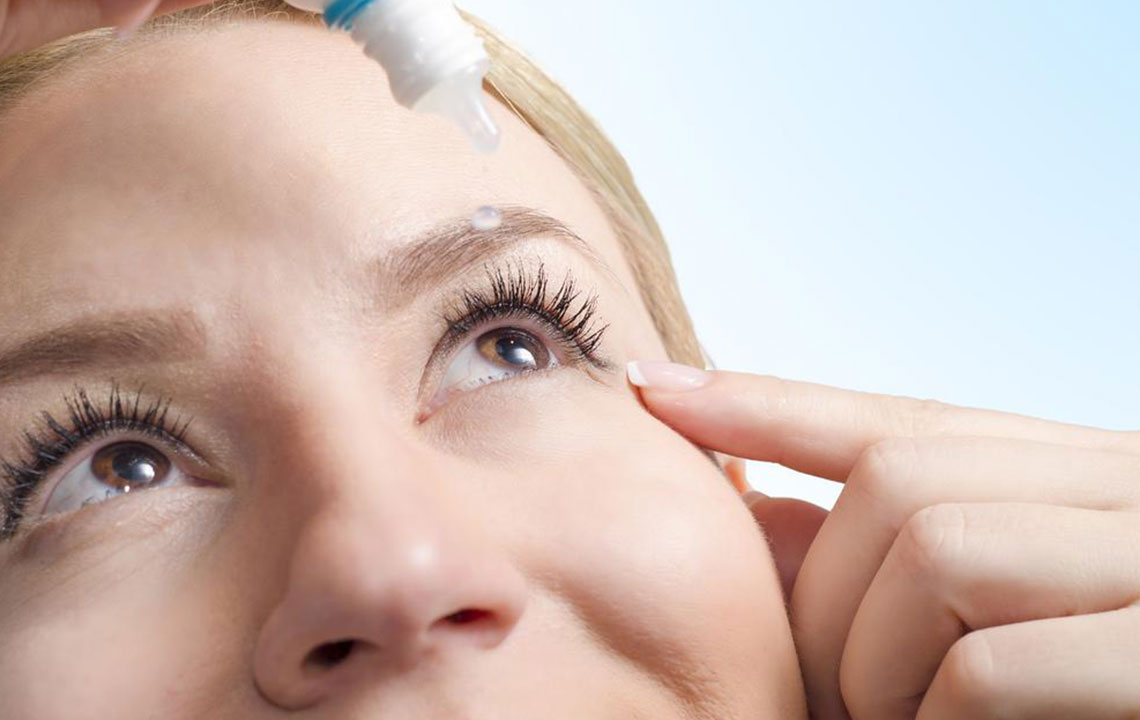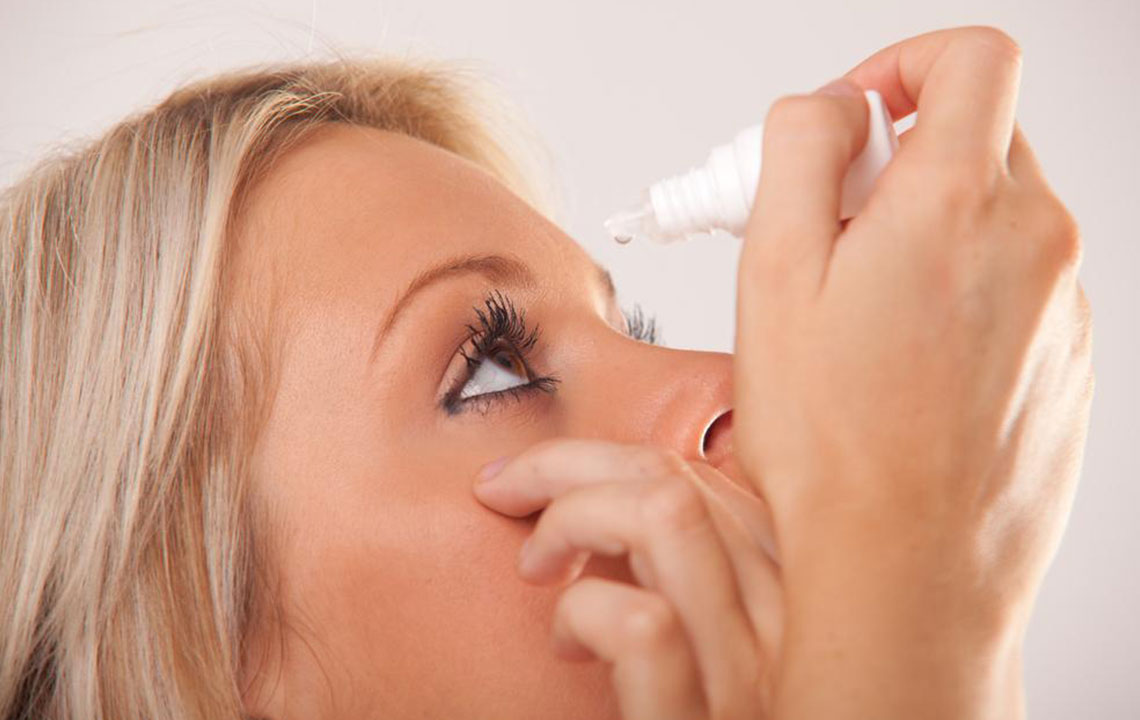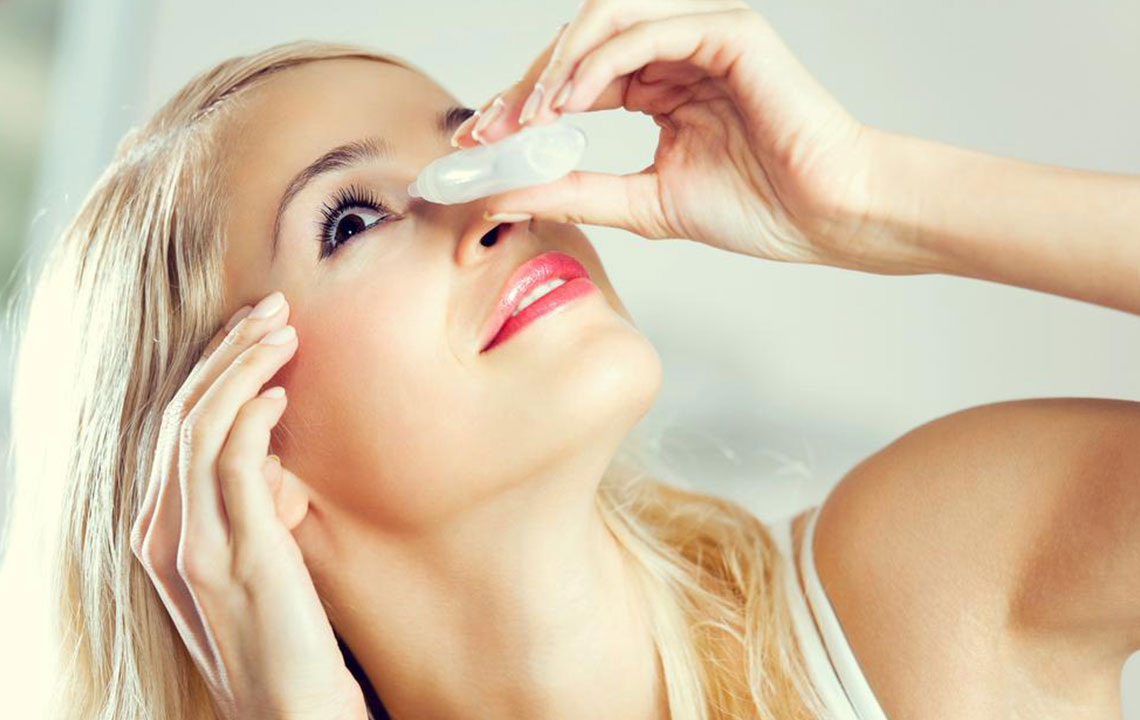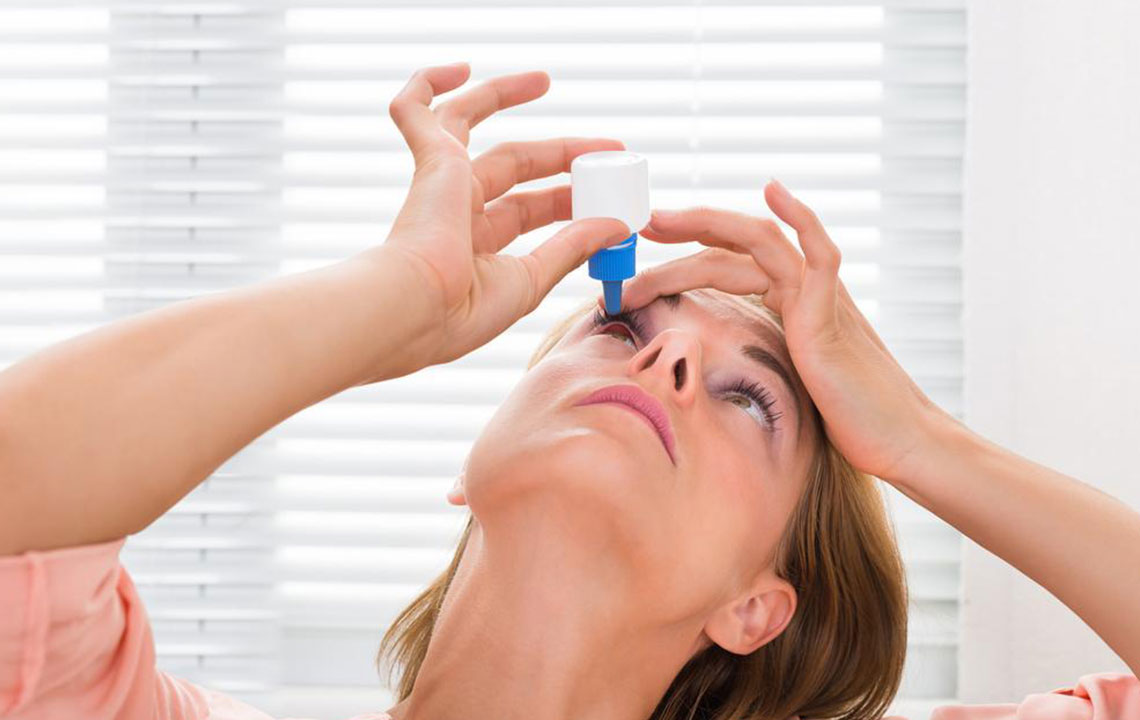Comprehensive Guide to Alleviating Dry Eye Symptoms and Restoring Eye Comfort
This comprehensive guide explores effective strategies for relieving dry eye symptoms, emphasizing lifestyle changes, medical treatments, and advanced procedures. Learn how to manage dry eyes, improve tear production, and regain eye comfort through proven methods tailored to individual needs. Perfect for those suffering from persistent dryness and seeking long-term relief, this article provides expert advice and detailed treatment options to help restore eye health and visual clarity.
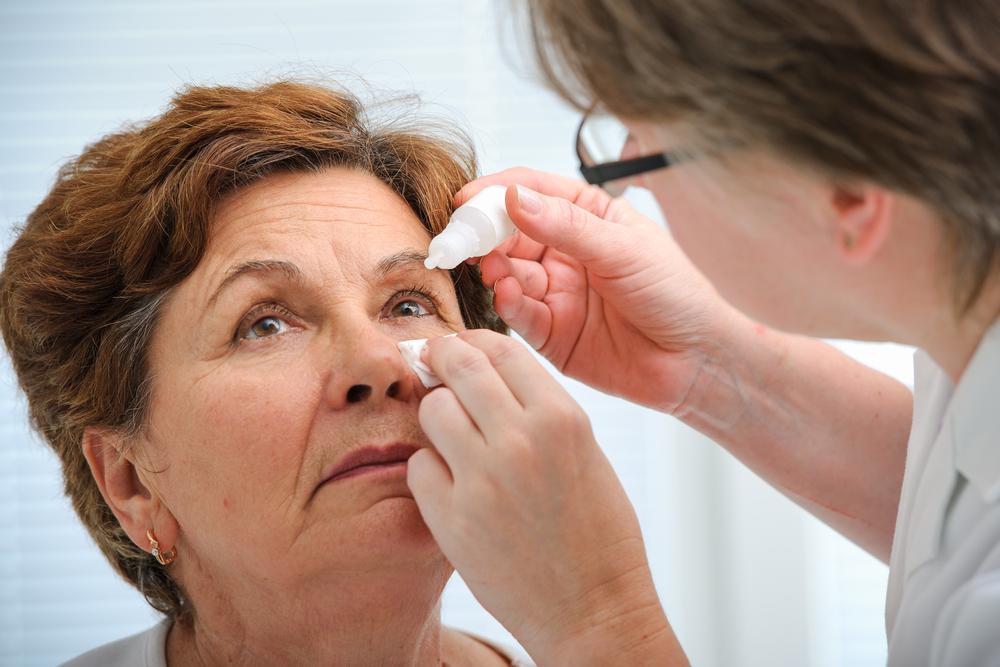
Effective Strategies for Relieving Dry Eye Discomfort
Dry eye syndrome is a common condition that affects millions worldwide, often caused by a combination of environmental, hormonal, and health-related factors. Understanding the root causes of dry eyes is crucial for effective management and relief. This article delves into various proven strategies to alleviate dry eye symptoms, exploring both medical and lifestyle approaches to help you regain clear, comfortable vision.
One of the primary factors contributing to dry eyes is seasonal allergies, such as hayfever, which inflame and irritate the eyes, leading to discomfort. Proper allergy management can significantly reduce dryness and irritation. Additionally, certain medications—prescribed drugs or over-the-counter remedies—may induce dry eye symptoms as side effects, making it vital to consult healthcare providers to consider alternatives or supportive treatments like lubricating eye drops. The treatment plan varies based on individual causes, but several methods have demonstrated effectiveness in improving eye moisture and comfort.
Use of Lubricating Eye Drops and Gels
One of the most accessible and widely recommended treatments for dry eyes is the use of artificial tears—eyedrops and gels designed to mimic natural tears. These products help supplement your tear film, providing immediate relief from dryness and irritation. Over-the-counter options are suitable for mild cases; however, for chronic or severe dryness, prescription-strength formulations like Lifitegrast and Cyclosporine are often prescribed. These medications work by reducing inflammation and stimulating natural tear production, usually requiring twice-daily application, typically in the morning and evening, to maintain optimal eye moisture levels.
Application of Warm Compresses
Daily warm compress therapy is a simple yet effective technique to promote eye health. Applying a gentle, warm compress over closed eyelids helps to soften and unblock meibomian glands—the oil-producing glands that contribute to the tear film. When these glands are clogged, the resulting tear film can become unstable, leading to increased evaporation and dryness. Regular warm compresses improve gland function and promote a stable, healthy tear film, which is essential for overall eye comfort.
Punctal Occlusion Procedures
Punctal occlusion is an advanced yet minimally invasive procedure aimed at retaining tears on the eye surface longer. It involves inserting tiny plugs into the tear drainage channels (puncta) on the eyelids, preventing tears from draining away too quickly. This helps to increase the eye’s natural lubrication, especially in cases of severe dryness or cicatricial keratoconjunctivitis. The procedure can be performed using temporary or permanent plugs and offers significant relief for patients suffering from chronic dry eye conditions, enhancing overall comfort and visual clarity.
Hormonal Therapy for Dry Eyes
Hormonal imbalances, particularly low testosterone levels, play a significant role in the development of dry eyes, especially during menopause. Hormonal therapy involves the use of topical or systemic treatments—such as hormone creams or replacement therapies—to restore optimal hormonal levels. This approach can effectively reduce dryness by improving gland function and enhancing tear production. It’s especially beneficial for women experiencing dry eye symptoms linked to hormonal fluctuations, providing both symptomatic relief and long-term management.
Lipiflow and Advanced Gland Revival Treatments
Emerging treatments like Lipiflow utilize advanced technology combining controlled heat and pressure to unblock meibomian glands. By carefully heating and massaging eyelid glands, Lipiflow restores their ability to produce oils essential for a stable tear film. This intervention addresses the root cause of evaporative dry eye, significantly improving symptoms and eye comfort. Many patients experience long-lasting relief after Lipiflow therapy, making it a promising option for those with chronic gland dysfunction. Regular maintenance and follow-up treatments can sustain improved gland function over time.
In conclusion, managing dry eye symptoms involves a holistic approach that combines medical treatments, lifestyle modifications, and sometimes surgical interventions. Consulting with an eye care professional is crucial to determine the underlying cause of your dry eyes and to tailor a treatment plan suited to your needs. Whether through simple home remedies like warm compresses or advanced procedures like Lipiflow, there are effective options available to restore moisture, alleviate discomfort, and improve your quality of life.
